
 CAESAR’S Camp called the Brill at PANCRAS.
CAESAR’S Camp called the Brill at PANCRAS.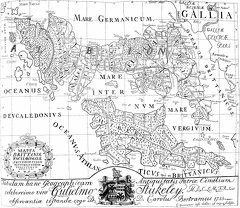 MAPPA BRITTANIÆ FACIE
MAPPA BRITTANIÆ FACIE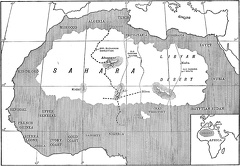 Map of Sahara Desert
Map of Sahara Desert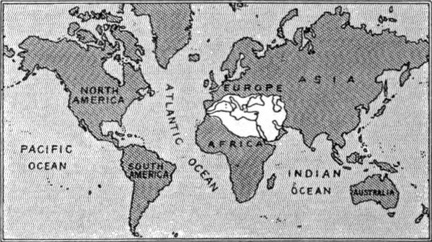 The World as known to its first historian
The World as known to its first historian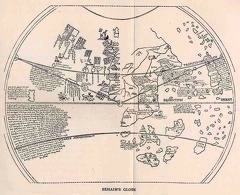 Behaim's Globe
Behaim's Globe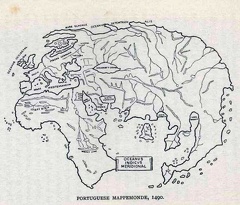 Portuguese Mappemonde. 1490
Portuguese Mappemonde. 1490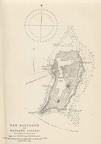 San Salvadore
San Salvadore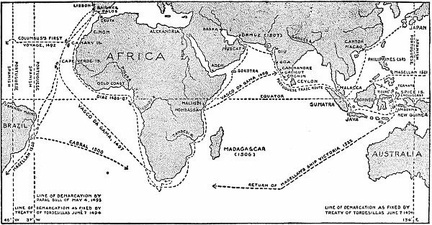 Portuguese Voyages and Possessions
Portuguese Voyages and Possessions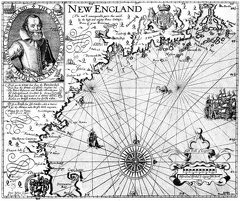 Captain John Smith’s Map of New England
Captain John Smith’s Map of New England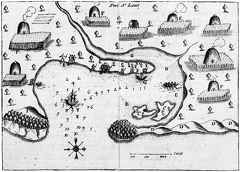 Samuel de Champlain’s Map of Plymouth Harbor
Samuel de Champlain’s Map of Plymouth Harbor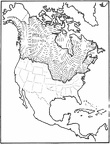 Limits of ice age glaciers
Limits of ice age glaciers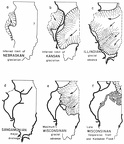 Extent of the main glacial advances
Extent of the main glacial advances Physiographic provinces of Illinois
Physiographic provinces of Illinois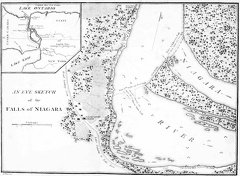 An eye sketch of the Falls of Niagara
An eye sketch of the Falls of Niagara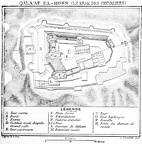 Qala'at El-Hosn
Qala'at El-Hosn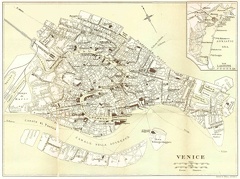 Venice in the Sixteenth Century
Venice in the Sixteenth Century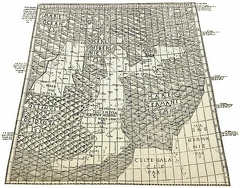 The First printed map of England
The First printed map of England Map showing the first settlements made on the Eastern coast of North America
Map showing the first settlements made on the Eastern coast of North America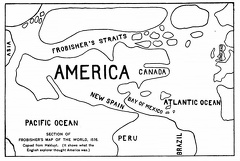 Section of Frobisher's Map of the World
Section of Frobisher's Map of the World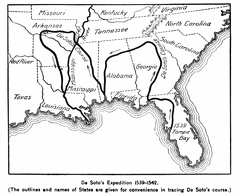 De Soto's Expedition 1539-1542
De Soto's Expedition 1539-1542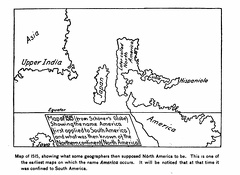 Map of 1515
Map of 1515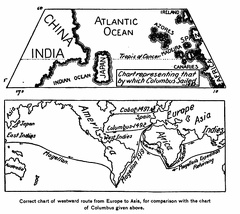 Correct chart of westward route from Europe to Asia, for comparison with the chart of Columbus
Correct chart of westward route from Europe to Asia, for comparison with the chart of Columbus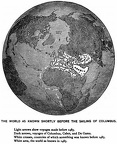 The World as known shortly before the sailing of Columbus
The World as known shortly before the sailing of Columbus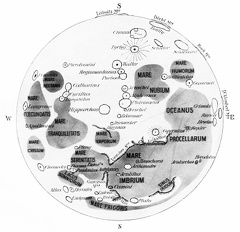 A Map of the Chief Plains and Craters of the Moon
A Map of the Chief Plains and Craters of the Moon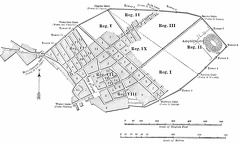 Outline plan of Pompeii
Outline plan of Pompeii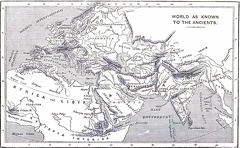 World as known to the Ancients
World as known to the Ancients Battle of Resaca de la Palma 9th May 1846
Battle of Resaca de la Palma 9th May 1846 Battle of Palo Alto 8th. May 1846
Battle of Palo Alto 8th. May 1846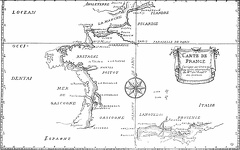 Map of France, corrected by order of the king
Map of France, corrected by order of the king Baalbek
Baalbek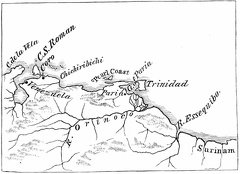 Ojeda's first voyage
Ojeda's first voyage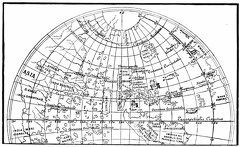 North America from the globe of Johann Schöner
North America from the globe of Johann Schöner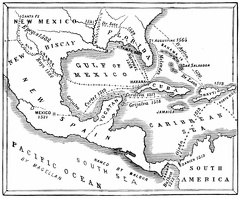 Routes of the discoverers
Routes of the discoverers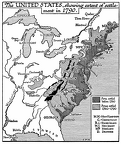 The United States in 1790
The United States in 1790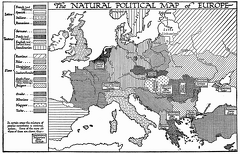 The Natural Political Map of Europe
The Natural Political Map of Europe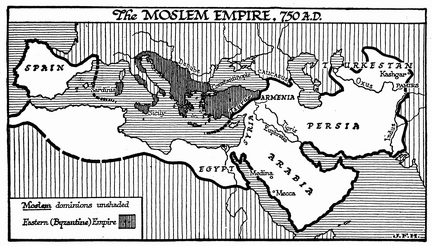 The Moslem Empire
The Moslem Empire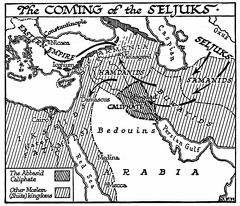 The Coming of the Seljuks
The Coming of the Seljuks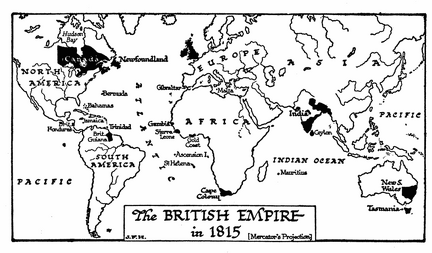 The British Empire in 1815
The British Empire in 1815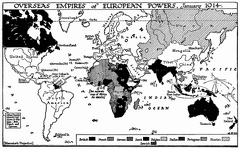 Overseas Empires of European Powers, 1914
Overseas Empires of European Powers, 1914 Map of Europe, 1848-1871
Map of Europe, 1848-1871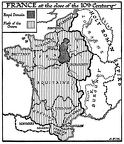 France at the Close of the 10th Century
France at the Close of the 10th Century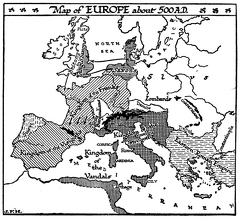 Europe, 500 A.D.
Europe, 500 A.D.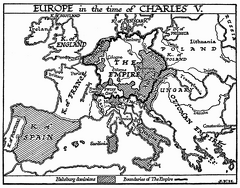 Europe in the Time of Charles V
Europe in the Time of Charles V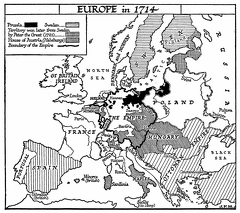 Europe in 1714
Europe in 1714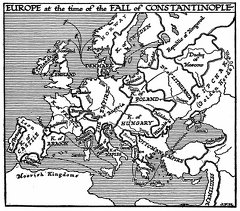 Europe at the Fall of Constantinople
Europe at the Fall of Constantinople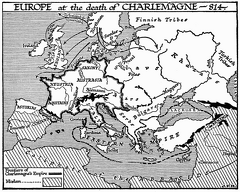 Europe at the Death of Charlemagne
Europe at the Death of Charlemagne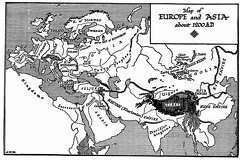 Europe and Asia, 1200
Europe and Asia, 1200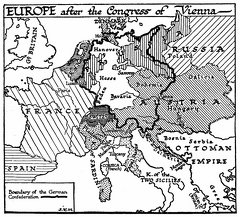 Europe after the Congress of Vienna
Europe after the Congress of Vienna England, 878 A.D
England, 878 A.D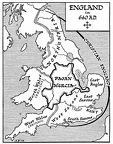 England, 640 A.D.
England, 640 A.D.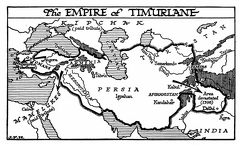 Empire of Timurlane
Empire of Timurlane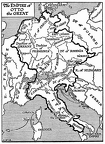 Empire of Otto the Great
Empire of Otto the Great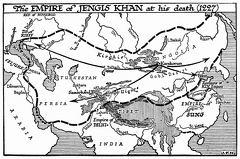 Empire of Jengis Khan, 1227
Empire of Jengis Khan, 1227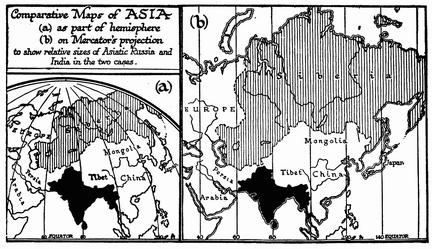 Comparative Maps of Asia under Different Projections
Comparative Maps of Asia under Different Projections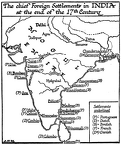 Chief Foreign Settlements in India, 17th Century
Chief Foreign Settlements in India, 17th Century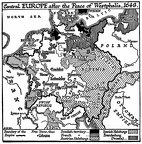 Central Europe, 1648
Central Europe, 1648 Britain, France, and Spain in America, 1750
Britain, France, and Spain in America, 1750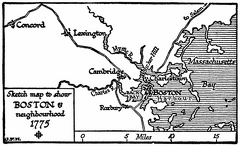 Boston in 1775
Boston in 1775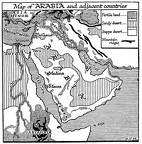 Arabia and Adjacent Countries
Arabia and Adjacent Countries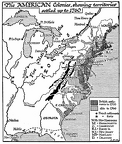 American Colonies, 1760
American Colonies, 1760



